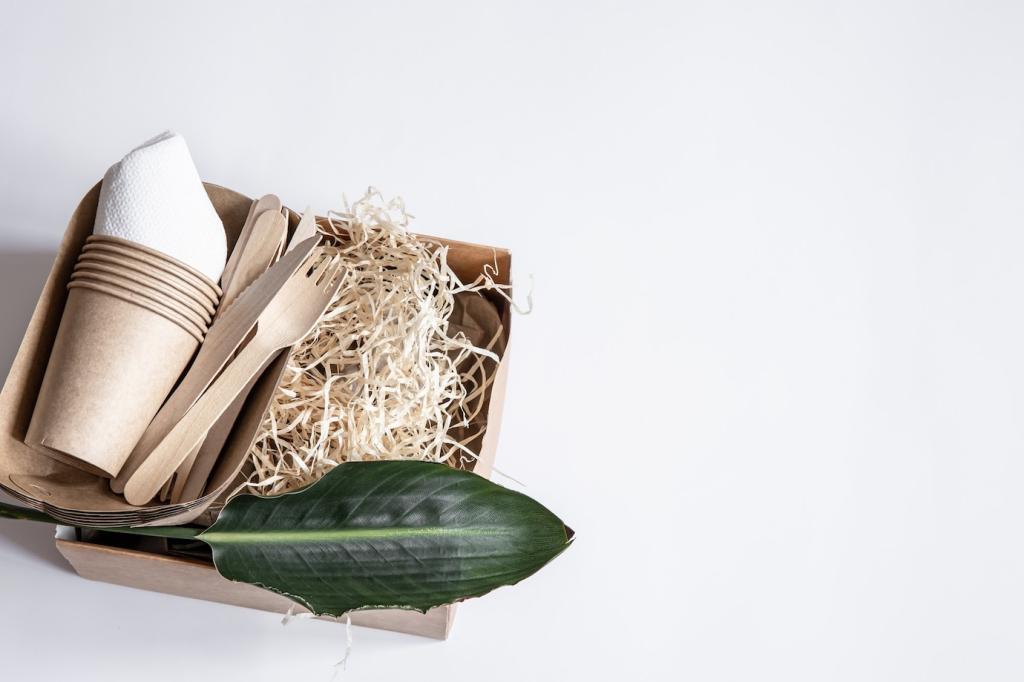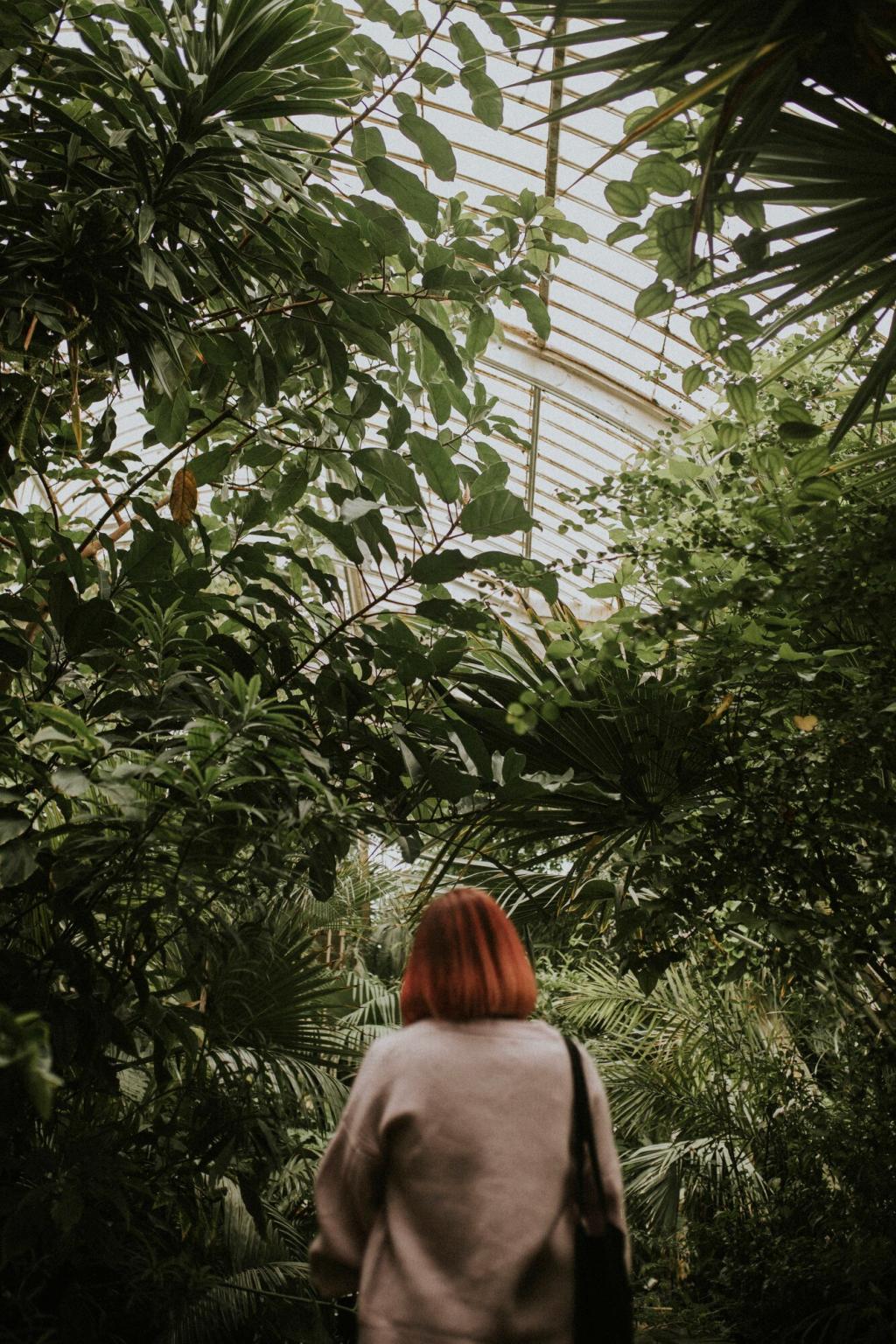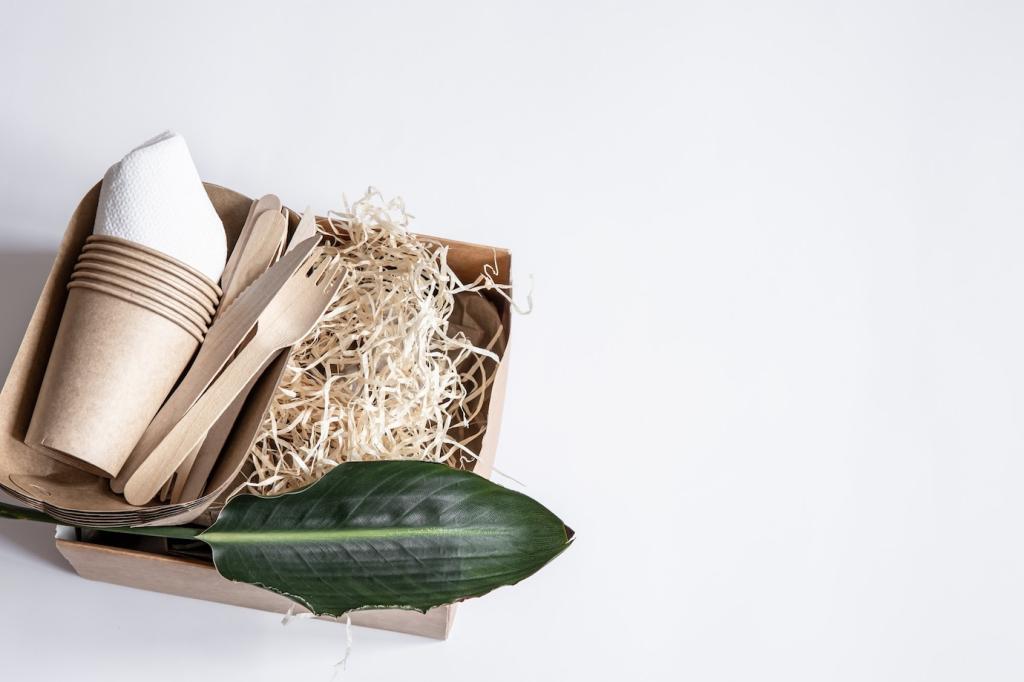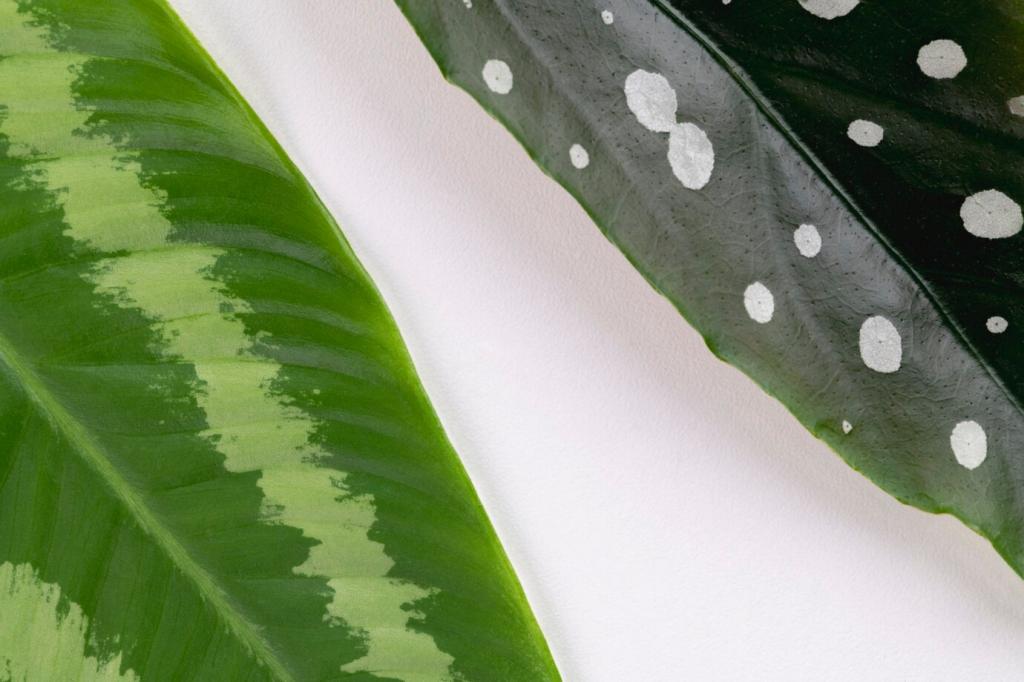Water-Wise Care Indoors
Try self-watering inserts, capillary mats, or terracotta spikes to deliver moisture slowly and reduce overwatering. A basic moisture meter prevents guesswork and root rot, while mulch like coco chips curbs evaporation. Share your results—did your watering frequency drop? Join our newsletter for a printable care chart tailored to light and season.
Water-Wise Care Indoors
Collect clean, unsalted water from rinsing produce or catching the cold tap while the shower warms. Let tap water sit to off-gas chlorine if your plants prefer gentler hydration. Avoid salty or soapy sources, and track how much you save each week. Tell us your best reuse hack so others can learn.







